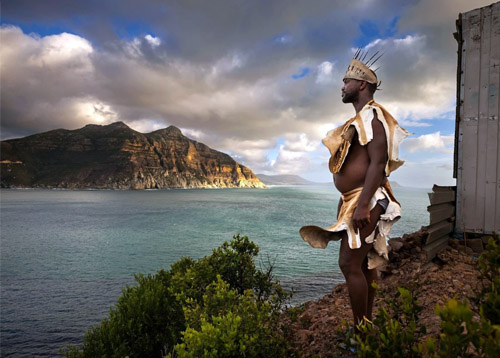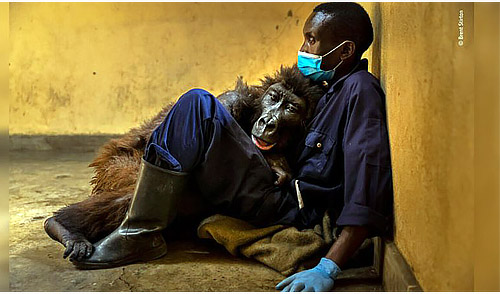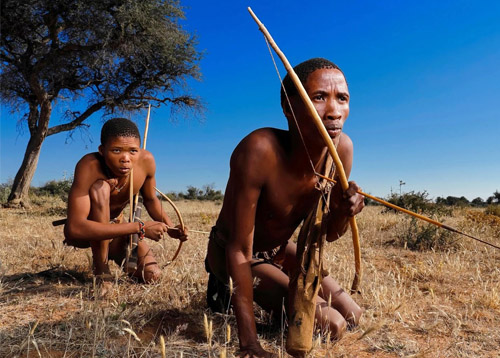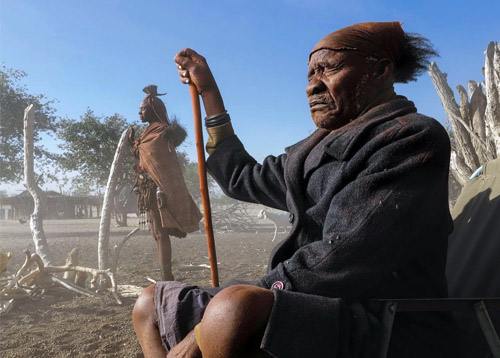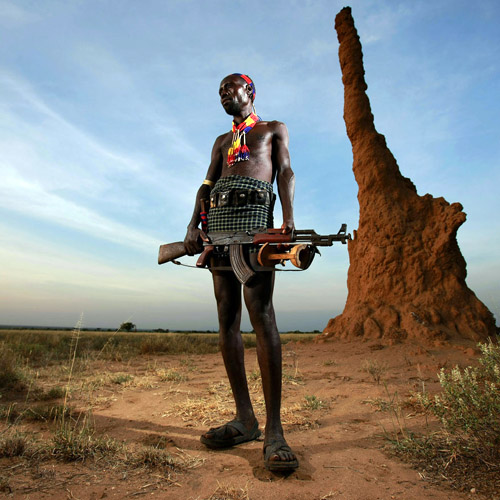On Freelance Photography
“If you’re a photographer starting out, in your first couple of years, you need to be able to do everything. Being multi-talented and being able to work across multiple platforms is absolutely key,” says Brent. “I shot weddings, I shot fashion, I did all sorts of stuff to finance my projects.” Taken on a Canon EOS R5 with a Canon RF 24-70mm F2.8L IS USM lens at 24mm, 1/250 sec, f/5.6 and ISO 100. © Brent Stirton/Getty Images for GEO Magazine
Using one-off freelance assignments to leverage more work
If you’re lucky enough to be offered a one-off dream freelance assignment on a subject or issue you want to cover, it’s important to seize that chance. “It’s amazing how casual some people can be about opportunities,” says Brent. “There’s some serious talent in the world of photojournalism, so if you have the chance to do any kind of work like that, you really need to do an amazing job.”
That piece of work can be an important springboard to more freelance work or even a staff job.
© Brent Stirton
Positive and negative aspects of being a staff photographer
Unlike many professions, photojournalism doesn’t offer a clear career path. Working as a staff photographer is often seen as the photojournalist’s main career goal, as it provides the security of a regular income and financial backing for the projects you want to do. Then, if you’re successful in a staff job, you can go on to develop in a management role. However, Brent says staff jobs also come with their own demands and limitations.
“Don’t make the mistake of thinking that you get everything you want in a staff job,” he says. “Media businesses are run on very tight margins these days, especially print. But this is a golden time for television and documentary work, so you’re more likely to be successful with shooting video than still images for print.”
“Staff jobs have a lot of pressure and you’ll have demanding targets to achieve. You’re going to have to deliver, and if you have a family, you’ll have to cope with being away from them a lot.”
Also, in today’s media world, there are relatively few staff jobs to be found. “I’ve been enormously lucky to have the security of a staff job and it’s been a great privilege,” he continues. “But there aren’t many of those jobs available. For instance, National Geographic has only two staff jobs that I’m aware of. At this point, very few publications are wealthy and in the business of hiring.”
“One of the difficulties with being a freelance photojournalist is that you’re competing against very experienced people with finance and sometimes a wealthy, well-informed organisation such as The New York Times behind them. So that’s hard,” says Brent. Taken on a Canon EOS R with a Canon RF 24-105mm F4L IS USM lens at 39mm, 1/200 sec, f/18 and ISO 200. © Brent Stirton
Investing in your kit
Photojournalists have to work in a range of challenging environments so Brent advises investing in good-quality kit. “Buy the best kit you can afford,” he says. “Buying a Canon EOS R6, EOS R7 or EOS R8 as opposed to an EOS R5 is perfectly acceptable. If you can’t afford the latest kit, the second-hand market has some amazing deals.”
“You need something that’s going to work no matter what happens, and allows you to work in low light because you’re going to find yourself in those conditions more often than you think.”
“As a photojournalist you’re probably going to swap out your camera bodies every five years because they get worn down, so lenses are a more long-term investment. These days, zoom lenses are really good and I can literally do my job with a single body and Canon RF 24-70mm F2.8L IS USM and Canon RF 24-105mm F4L IS USM lenses. Once you have reliable kit, putting your money into financing your projects is a better way to go.”
“One thing I always say to photographers is you need to understand finance,” says Brent. “When you’re young and making money, some aspect of that money has to go towards your future security. You need to be investing in something - whether it’s property or the markets or something else. These are the kinds of things people don’t tell you about.” Taken on a Canon EOS R with a Canon RF 24-105mm F4L IS USM lens at 30mm, 1/200 sec, f/18 and ISO 200. © Brent Stirton
Be passionate but pragmatic
Brent is keen to give aspiring photojournalists a clear idea of potential pitfalls, but overall says it’s undoubtedly a great job to do. “Our profession is hugely romanticised, but ultimately if you want to survive in it, you need some level of business knowledge,” he says. “It’s a job and people forget that, so you need a business plan, you need determination and discipline, and you need talent.
“Very few of us doing this job are wealthy or successful - the rewards you get from it are based on passion and on the fact that you genuinely care about the issues. It’s not an easy career choice. But at the end of the day if you can get it right, it is an amazing life to be a photojournalist or to be a photographer in general.”
David Clark
https://www.canon.co.uk/pro/infobank/
https://www.brentstirton.com/bio/
https://www.brentstirton.com/
Page: 1 2
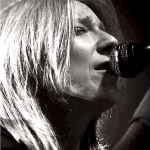
|
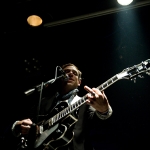
The Airborne Toxic Event |
LATEST GALLERY IMAGES

Roland Garros 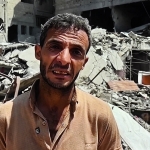
The News Today, Oh Boy |
|
|


